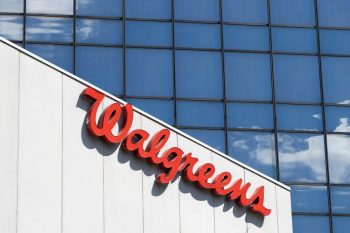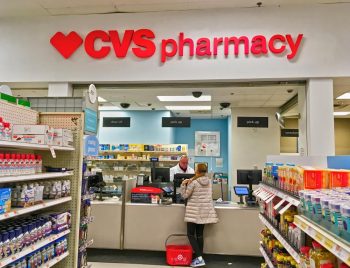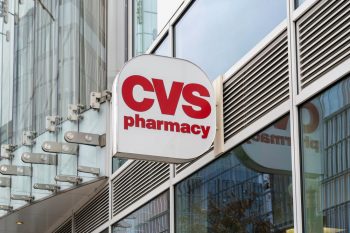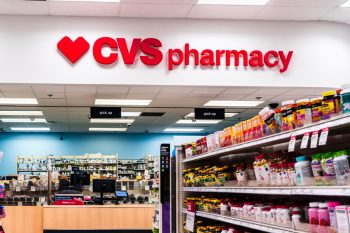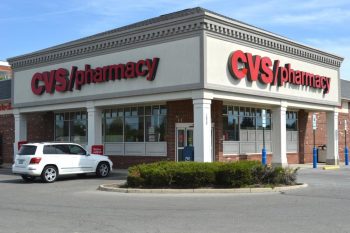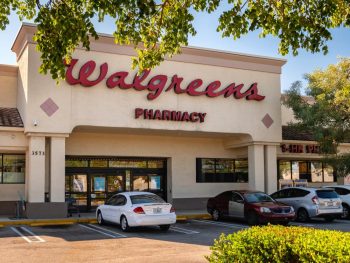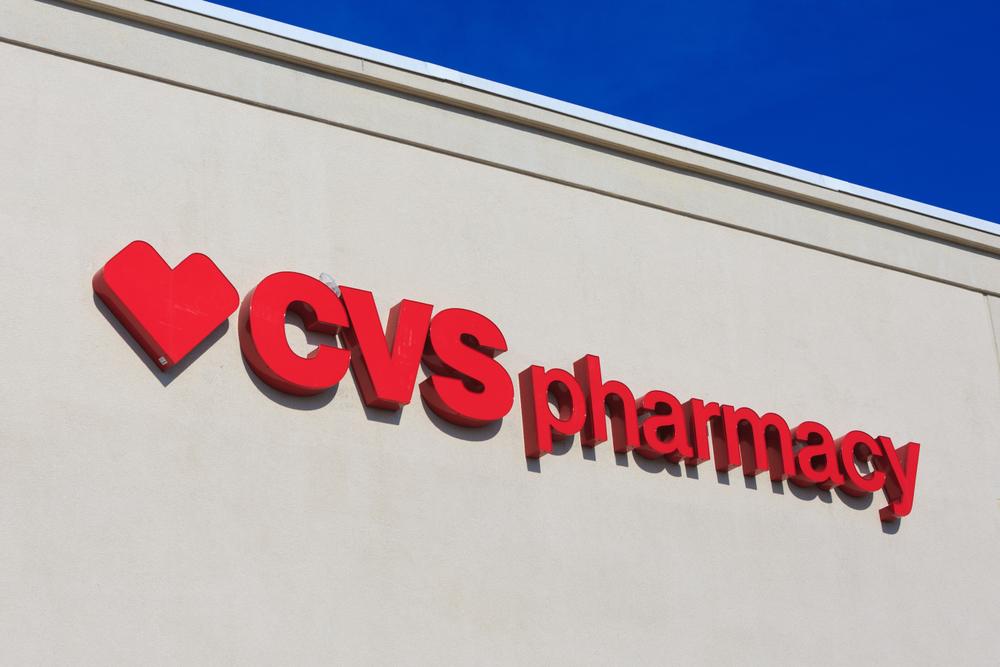
In the ever-evolving landscape of the healthcare industry, mergers and acquisitions are a common occurrence. One significant merger that made waves in the industry was when CVS Corporation, now CVS Health, acquired Caremark Rx. This union not only changed the trajectory of both companies but also had a profound impact on the healthcare sector as a whole.
CVS Corporation, now known as CVS Health, acquired Caremark Rx on March 22, 2007. The all-stock transaction was valued at approximately $21 billion, marking a significant shift for CVS from a traditional drugstore business to a major player in the healthcare sector.
The Acquisition Timeline
The merger between CVS Corporation and Caremark Rx took place on March 22, 2007. The deal, an all-stock transaction, was estimated at around $21 billion. This acquisition marked a pivotal turning point for CVS, propelling it from a traditional drugstore business into a major player in the healthcare sector.
The Motivation Behind the Acquisition
The primary motivation behind CVS’s decision to purchase Caremark was to diversify and expand its services beyond its traditional drugstore business. Caremark, a company specializing in managing drug benefits, provided CVS with a unique opportunity to venture into new avenues within the healthcare sector. Around this time, CVS also acquired MinuteClinic, a chain of healthcare clinics, further strengthening its position in the industry.
Impact on the Market
The acquisition of Caremark transformed CVS into a formidable competitor in the healthcare industry. It broadened the range of services CVS offered and helped the company cement its place as a leading healthcare provider. Today, CVS competes with giants like Walgreens Boots Alliance and Amazon, who have also expanded their healthcare footprints.
Changes Implemented Post-Acquisition
Post-acquisition, several changes were implemented in Caremark. The merger of Caremark with PharmaCare, CVS’s existing PBM operation, created a new, retail-owned PBM powerhouse. This combined entity offered end-to-end services from plan design to prescription fulfillment. Moreover, the merger boosted in-store traffic for CVS and increased the consumer base for both companies.
Challenges Faced During Integration
The integration of two different companies is often a complex process filled with challenges. CVS and Caremark had to overcome cultural differences, manage potential client loss, deal with potential negative cash flow impacts, and identify efficient ways to implement desired changes. Despite these challenges, the merger has been largely successful, creating a more valuable franchise.
Effect on Customers
While mergers and acquisitions can sometimes result in a drop in customer satisfaction, CVS and Caremark managed this transition carefully to minimize any negative impact. They maintained a dedicated team to handle M&A issues, standardized processes early on, and emphasized clear and consistent communication with customers.
In conclusion, the CVS-Caremark merger has been a game-changer in the healthcare industry. It not only expanded CVS’s reach but also offered customers a more integrated and comprehensive healthcare service. Despite the challenges faced during the integration process, both CVS and Caremark have emerged stronger, setting a precedent for other companies in the industry.
Frequently Asked Questions
What is a PBM?
PBM stands for Pharmacy Benefit Manager. It’s a third-party administrator of prescription drug programs for commercial health plans, self-insured employer plans, and federal employees’ health benefits program, among others. They are primarily responsible for developing and maintaining the formulary, contracting with pharmacies, negotiating discounts and rebates with drug manufacturers, and processing and paying prescription drug claims.
What was the reaction of the stock market to the CVS-Caremark merger?
The CVS-Caremark merger was generally well-received by the stock market. The acquisition was seen as a strategic move that would benefit both companies and their shareholders in the long run.
What is Caremark’s role in CVS Health today?
Caremark is now known as CVS Caremark and operates as the prescription benefit management subsidiary of CVS Health. It provides a wide range of services including mail order pharmacy services, retail pharmacy network management, prescription management systems, and other clinical services.
What is the significance of the CVS-Caremark merger in the healthcare industry?
The CVS-Caremark merger was significant as it marked the transformation of CVS from a traditional drugstore business into a major player in the healthcare sector. It set a precedent for other companies in the industry, showing that diversification and expansion of services could lead to greater success.
Has the CVS-Caremark merger influenced other companies in the industry?
Yes, the CVS-Caremark merger is often cited as a key example of successful diversification in the healthcare industry. It has influenced other companies to consider similar strategic moves to expand their services and strengthen their position in the market.


